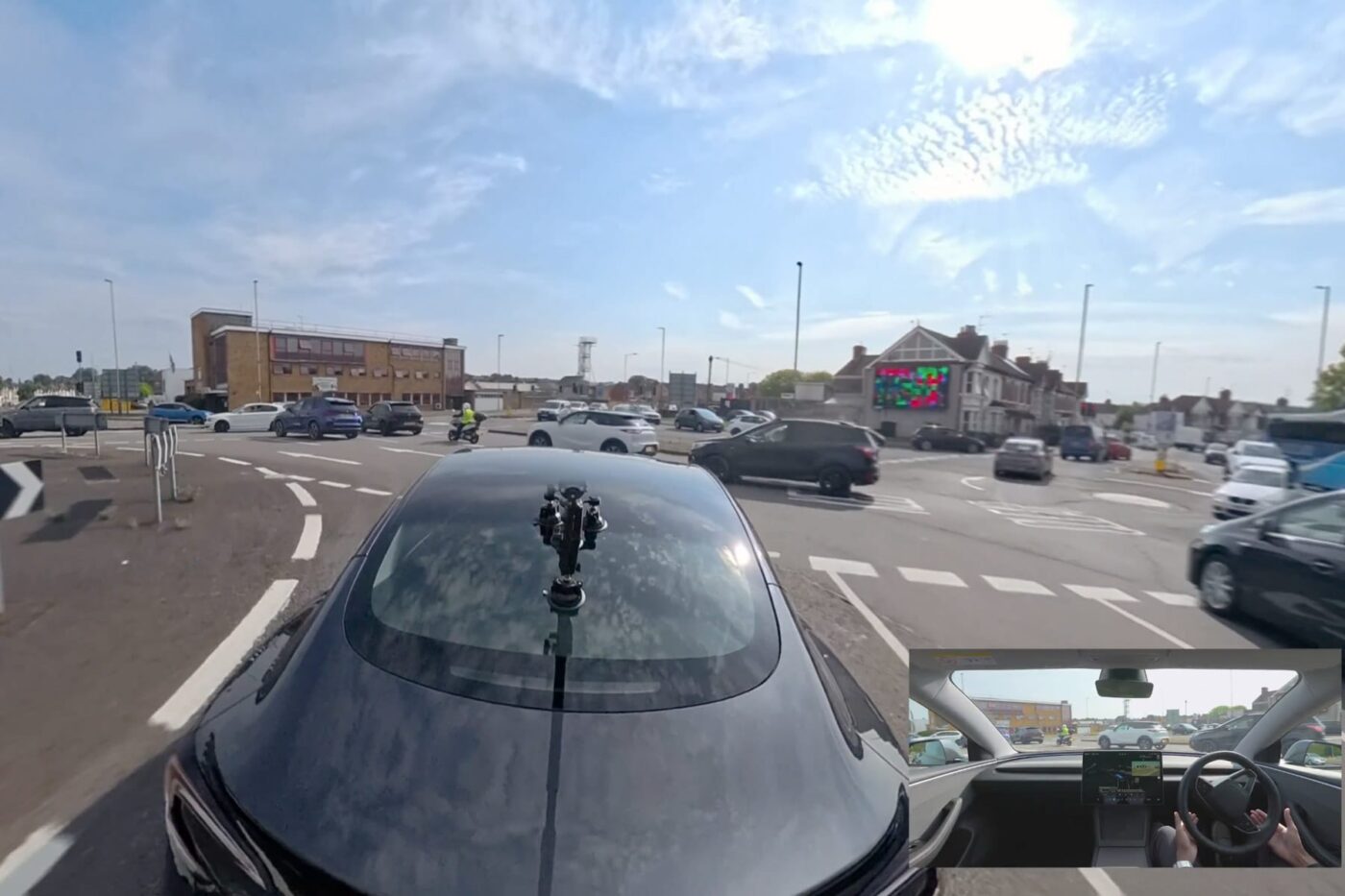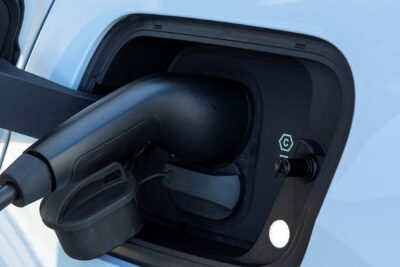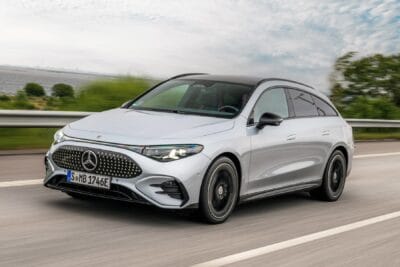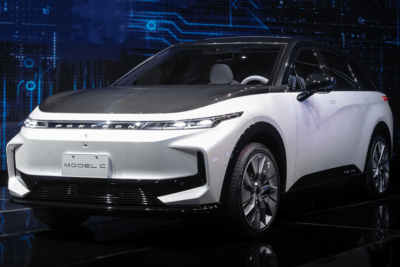Tesla’s FSD may arrive in Europe by 2026
That’s the timeline Tesla Europe suggested over the weekend in a post on social media platform X. It has long been known that Tesla is developing and adapting its FSD system (Full Self-Driving) for the European market. The company has also repeatedly shared videos of test drives to demonstrate progress, claiming to have covered over one million kilometres across 17 EU countries.
“Our main path to success is partnering with the Dutch approval authority RDW to gain exemption for the feature. This involves proving compliance with existing regulations (UN-R-171 DCAS) + filing an exemption (EU Article 39) for yet-to-be-regulated behaviours like Level 2 systems off-highway, system-initiated lane changes with hands-off the wheel, etc,” Tesla wrote in the post. “Some of these regulations are outdated and rules-based, which makes FSD illegal in its current form. Changing FSD to be compliant with these rules would make it unsafe and unusable in many cases. While we have changed FSD to be maximally compliant where it is logical and reasonable, we won’t sacrifice the safety of a proven system or materially deteriorate customer usability.”
Meanwhile, the RDW authority itself has responded to Tesla’s announcement. While it confirms establishing a timeline with Tesla for approving ‘FSD Supervised’, the version where the driver remains fully responsible and supervisory, it states that, according to this timeline, Tesla must prove by February 2026 that ‘FSD Supervised’ meets the requirements.
Exemption across all EU states?
In its statement, RDW also explains the general procedure. If a manufacturer seeks to introduce a new technology in Europe for which no legislation currently exists, it can utilise a European procedure. This legislation allows for obtaining an exemption from market approval for new technologies within the European Union. To secure this exemption, a member state must submit an application to the European Commission on behalf of the manufacturer. In this case, the Netherlands (via the Ministry of Infrastructure and Water Management) is handling the submission. This process is outlined in EU Regulation (EU) 2018/858.
Approval requires a majority decision in the relevant EU committee. If a majority is achieved, the manufacturer receives an exemption for the new technology, valid across all EU member states, enabling EU-wide deployment. If no majority is reached, the exemption remains valid only in the Netherlands, and the technology may only be used there. Other member states can then independently decide whether to adopt the approval for their territory.
However, before a manufacturer can apply for an exemption from market approval for new technologies in the European Union, it must first demonstrate that the vehicle or system complies with existing regulations. This requires completing a comprehensive testing procedure with a type approval authority. In the Netherlands, this authority is the RDW (Dutch Vehicle Authority). These tests are currently still underway.
In the post, Tesla urged its customers to express gratitude to the authority and share their enthusiasm. However, RDW was less than pleased with this approach: “We thank everyone who has already reached out and kindly ask you not to contact us regarding this matter. Such inquiries unnecessarily occupy our customer service team’s time,” the authority stated. “Moreover, this has no bearing on whether the plan will proceed. Road safety is RDW’s top priority: Approval is only possible once the system’s safety has been conclusively demonstrated.”
Additionally, contrary to Elon Musk’s initial expectations, there appears to be limited genuine interest from other automakers in licensing Tesla’s FSD for their own vehicles—a point Musk himself now acknowledges: “When legacy auto does occasionally reach out, they tepidly discuss implementing FSD for a tiny program in 5 years with unworkable requirements for Tesla, so pointless,” Musk wrote on social media.
insideevs.com, rdw.nl (response in Dutch), x.com (Musk), x.com (Tesla)
This article was first published by Sebastian Schaal for electrive’s German edition.





0 Comments